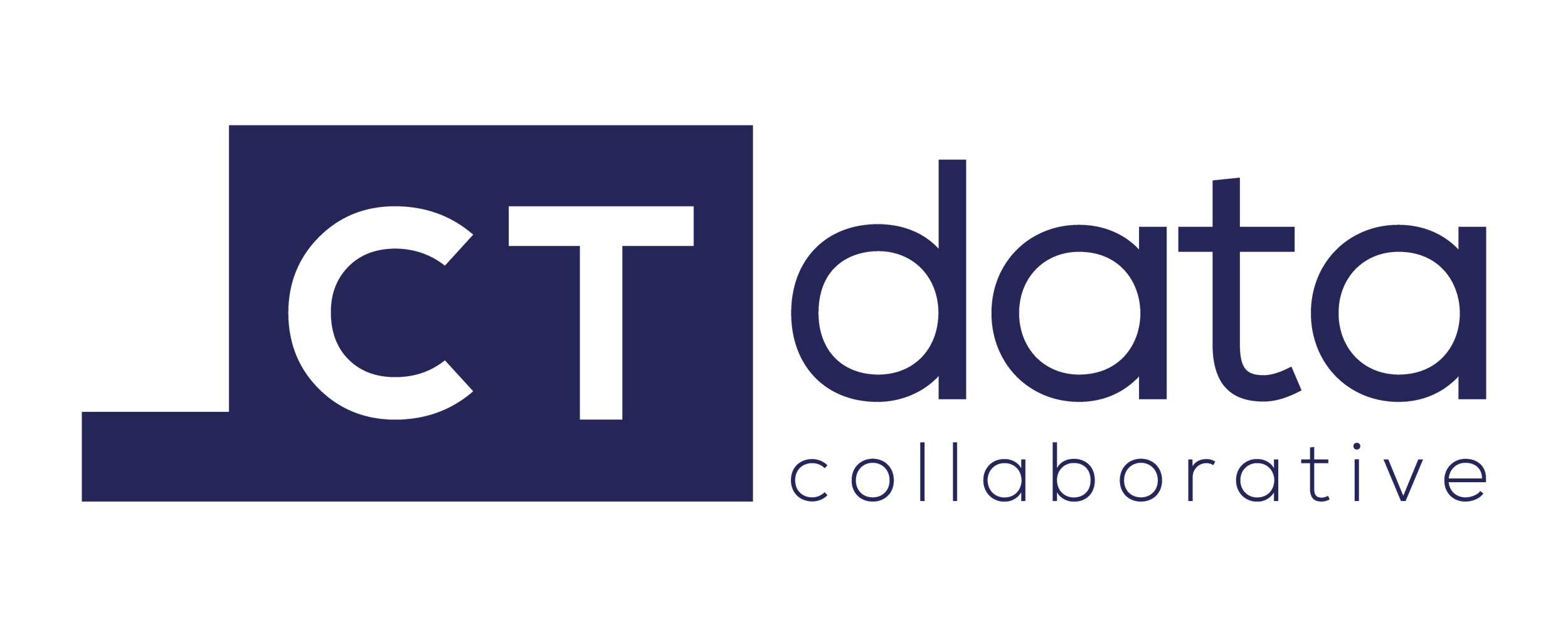To protect respondents’ privacy, for the 2020 Decennial Census the Census Bureau is using a modern disclosure avoidance approach called differential privacy. In brief, differential privacy adds statistical noise—small random additions or subtractions—into the data to reduce the risk that someone could reidentify any person or household.
In this post, we will: (1) describe how differential privacy is applied to the 2020 Decennial Census data; (2) review the Census Bureau’s guidance for 2020 Decennial Census data users; (3) provide an overview of the summary metrics file released by the Census Bureau; and (4) discuss some illustrative examples of the amount of error introduced to certain counts as reported in the summary metrics file.
Read More